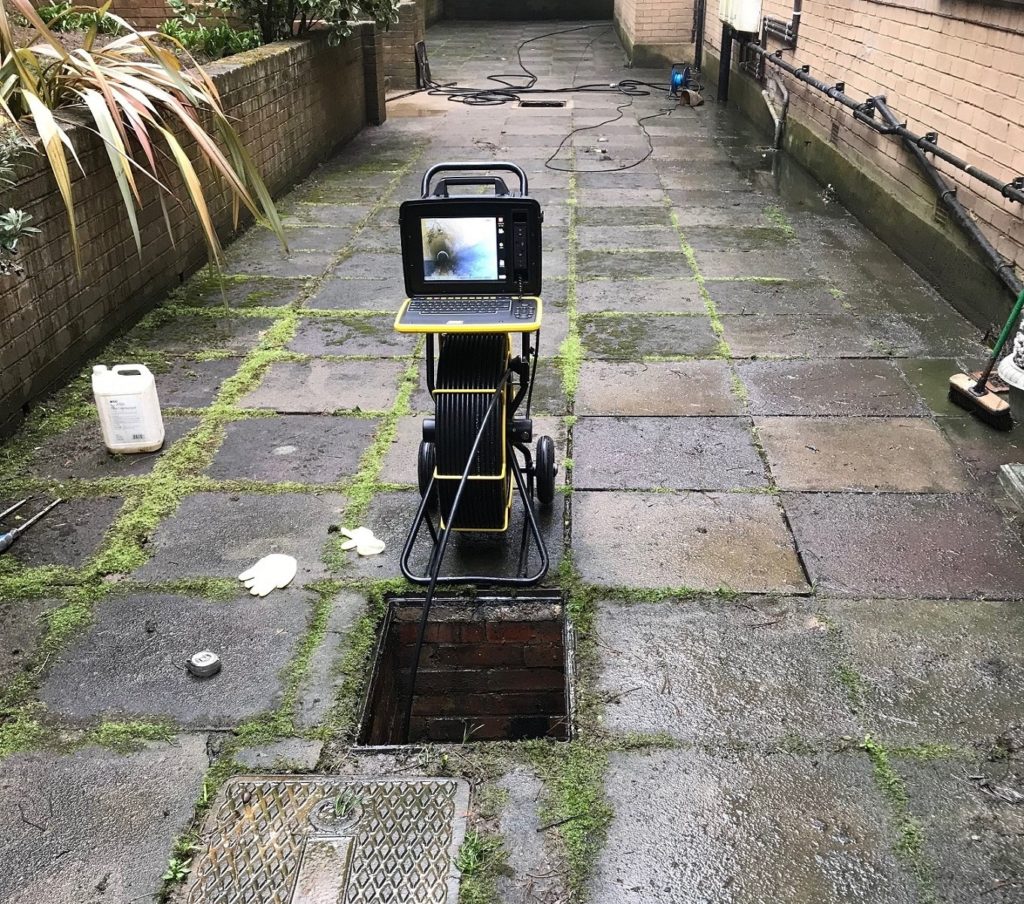157 Castel Hill Ave,
New Addington , Corydon,
CRO OTJ, UK
plumber_adrian@yahoo.com
Email Address
New Addington , Corydon,
CRO OTJ, UK
Email Address

A Kitchen sink clog repair
A Kitchen sink clog repair can quickly become a source of frustration and inconvenience. When water refuses to drain, and unpleasant odors waft from the sink, it’s time to tackle the issue head-on. In this comprehensive guide, we will take you through the step-by-step process of identifying, diagnosing, and repairing a clogged kitchen sink. Whether you’re a seasoned DIY enthusiast or a novice homeowner, this guide will help you resolve the problem and restore your kitchen sink clog repair to its proper function.
Kitchen sink clogs are a common household issue caused by various factors, including:
Understanding the potential causes of clogs can help you prevent them in the future.
Before you start the repair, gather the necessary tools and materials:
Having these items on hand will make the clog repair process smoother and more efficient.
Safety should always be a priority when working on plumbing repairs. Take these precautions:
To effectively a kitchen sink clog repair, you must identify its location and severity. Common signs of a clog include slow drainage, water backing up in the sink, and gurgling noises from the drain. Understanding these indicators will help determine the appropriate repair method.
The sink trap, also known as the P-trap, is a common location for clogs. Follow these steps to clear it:
Place a Bucket: Position a bucket under the sink trap to catch any water or debris that may spill out during the repair.
Loosen the Slip Nuts: Use a pipe wrench or adjustable pliers to loosen the slip nuts on both ends of the trap. Be prepared for some water to drain out when you do this.
Remove the Trap: Carefully remove the trap and inspect it for clogs. Often, you’ll find a buildup of food particles, grease, and debris.
Clean the Trap: Use a bottle brush or pipe cleaning tool to clean the inside of the trap thoroughly. Rinse it with warm water until it’s clear of any obstructions.
Reassemble: Reattach the cleaned trap by tightening the slip nuts. Ensure the connections are snug but not overtightened to prevent leaks.
Run Water: Turn on the water and check if the sink drains properly. If the clog was in the trap, this should resolve the issue.
If the clog persists after clearing the trap, you can try plunging to dislodge it:
Seal Off Overflow Opening: If your sink has an overflow opening (usually found near the top of the sink), cover it with a wet cloth or a sink plunger attachment to create a tight seal.
Use a Plunger: Place a sink plunger over the drain opening, ensuring a good seal. Push and pull the plunger vigorously to create suction and dislodge the clog. Repeat several times if necessary.
Test Drainage: Turn on the water and check if the sink drains properly. If not, repeat the plunging process.
A natural and effective way to break down clogs is by using baking soda and vinegar:
Boil Water: Start by boiling a pot of water.
Baking Soda: Pour 1/2 cup of baking soda down the drain.
Vinegar: Follow the baking soda with 1/2 cup of white vinegar. Cover the drain with a stopper or a cloth immediately after pouring in the vinegar.
Wait and Rinse: Wait for about 15 minutes to allow the chemical reaction between the baking soda and vinegar to break down the clog. Then, flush the drain with the boiling water.
Test Drainage: Run water to see if the clog has cleared. Repeat the process if necessary.

8. Using a Drain Snake or Auger
For stubborn clogs that resist plunging and chemical treatments, a drain snake or auger can be effective:
Insert the Snake: Feed a plumbing snake or auger into the drain until you encounter resistance.
Rotate and Push: Turn the snake’s handle clockwise while applying gentle pressure to push it further into the pipe. Continue until you feel the snake break through the clog.
Withdraw the Snake: Carefully withdraw the snake, bringing the clog with it if possible.
Flush with Water: Run water to ensure the clog is completely cleared.
To prevent future kitchen sink clogs, adopt these preventative measures:
Kitchen sink clog repair is a manageable task when armed with the right tools and techniques. Whether you need to clear the sink trap, use plunging and natural remedies like baking soda and vinegar, or employ a drain snake, this guide provides you with comprehensive instructions.
Additionally, adopting preventative measures can help keep your kitchen sink clog-free in the future, ensuring the smooth functioning of your kitchen plumbing. By following these steps, you can quickly and effectively address kitchen sink clogs, restoring convenience and functionality to your home.